Your Guide To Transeasonal Skincare
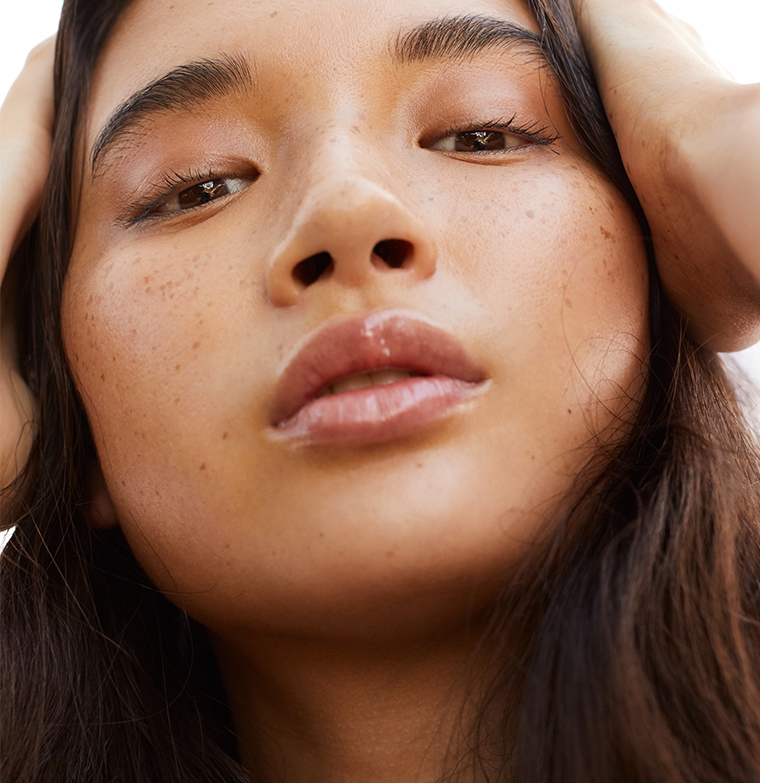
Change isn’t always a bad thing…
Sad news, people: summer is officially on the out. As the weather starts to cool down and you start to reach for your favourite pair of flannelette pajamas, you may notice that your skin feels a little different. In the same way that we swap our denim cut offs for a pair of vintage 501s or our favourite white singlet for a chunky knit, we need to adapt our skincare routine to the changing seasons.
We know, we know, change can be scary—especially when you’ve got your routine so down pat. But with reduced humidity, cold winds, indoor heating and longer, hotter showers, our skin can become dramatically different as we slowly sashay into winter. So, we recommend getting a headstart on pesky dry winter skin by adapting your skincare routine like you do your wardrobe between seasons: adding a few extra layers here and there to keep everything comfortable and in check.
Here, we enlisted the help of QR8 MediSkin’s Dr Michele Squire to share her expertise for nailing your transeasonal skincare routine.

What You’ll Notice
The biggest culprit of skin dryness as we enter the cooler months is a disruption to the skin barrier. A big buzzword of 2020, this is basically the part of the skin that regulates water loss from the skin to the atmosphere. According to Dr Squire, “A healthy skin barrier consists of a finely-tuned balance of microbes, cells, proteins and the epidermal lipids that glue these together.”
When this is disrupted (which is generally due to the harsher weather conditions of the cooler months), the skin barrier function is reduced. “This increases transepidermal water loss,” says Dr Squire. “In response to this, the skin will produce inflammatory chemicals which leaves it more fragile and dehydrated.” You may also notice that any fine lines or wrinkles become more prominent due to the lack of moisture in your skin.
What You Should Add
We’re going to take a stab in the dark and assume that most people want glowing, healthy skin all year round. Well, in order to achieve said goal, adding a few extra goodies into your routine when the weather starts to cool down is a non-negotiable.
“This is the time to explore gentle cleansers, heavier, fragrance-free moisturisers, hydrating serums and masks,” says Dr Squire. “Adding a low-molecular weight collagen peptide or hyaluronic acid supplement can also help with hydration levels. And please, do not forget sunscreen.”
We also recommend applying your favourite heavier moisturiser (like the Kiehl’s Ultra Face Cream) and nourishing serum (we love the Clarins Double Serum) onto damp skin to help seal in moisture and keep your skin plump and hydrated.
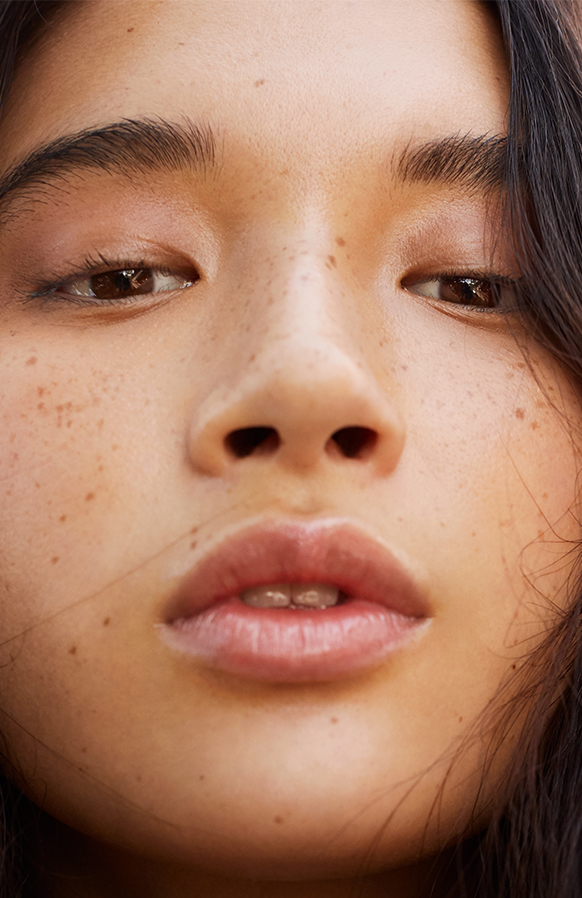

Photography: Brogan Chidley / Styling: Bec Haig / Makeup: Hayley Wilson / Hair: Stephanie Dell / Talent: Penny Capp
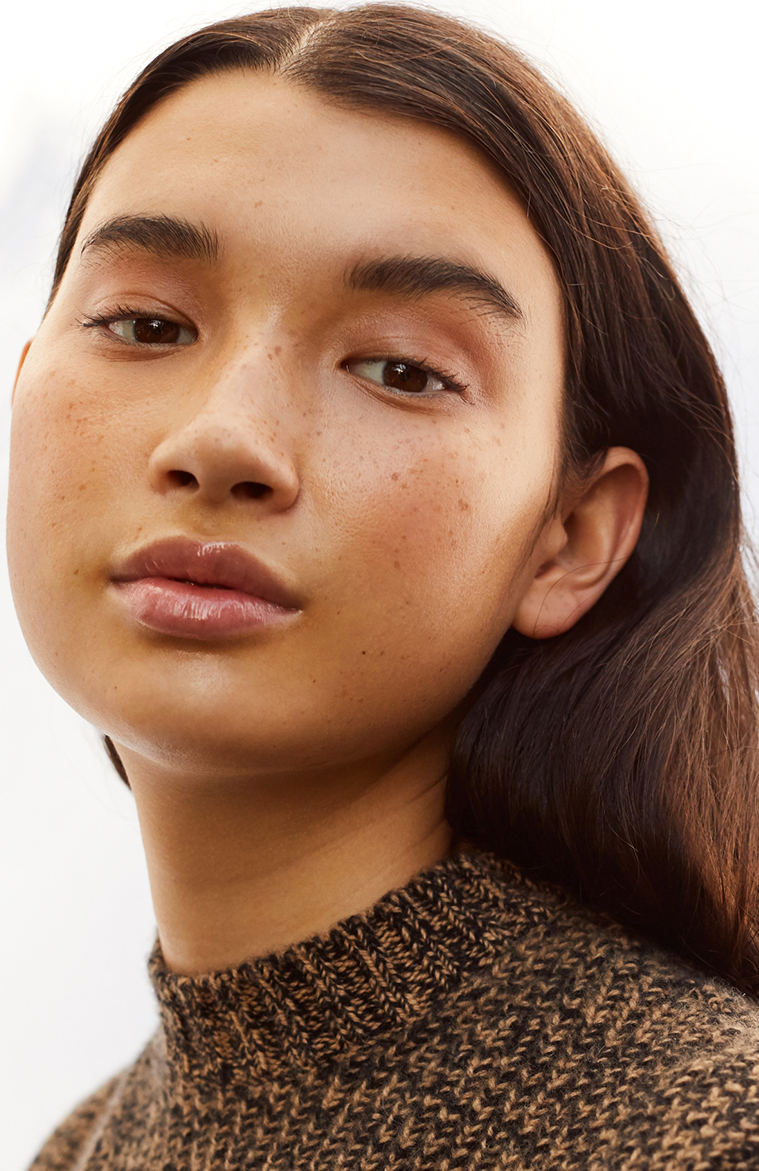
What You Should Avoid
Look, we love our acids and enzyme cleansers as much as the next person, but the reality of transeasonal skincare is that something has got to give. For our wardrobes it’s spaghetti straps, for our skin it’s frequent exfoliating. “Because dehydrated skin results from a disrupted skin barrier, the very last thing it needs is exfoliation,” says Dr Squire.
Instead, cast your eyes back to the section above and focus on nourishing and hydrating the skin with thicker, more heavy duty serums and moisturisers. Niacinamide, hyaluronic acid and ceramides are all great ingredients to look out for when it comes to dressing up your skin for the cooler months.
We can’t wait to see your autumn skincare #shelfie.
What You’ll Notice
The biggest culprit of skin dryness as we enter the cooler months is a disruption to the skin barrier. A big buzzword of 2020, this is basically the part of the skin that regulates water loss from the skin to the atmosphere. According to Dr Squire, “A healthy skin barrier consists of a finely-tuned balance of microbes, cells, proteins and the epidermal lipids that glue these together.”
When this is disrupted (which is generally due to the harsher weather conditions of the cooler months), the skin barrier function is reduced. “This increases transepidermal water loss,” says Dr Squire. “In response to this, the skin will produce inflammatory chemicals which leaves it more fragile and dehydrated.” You may also notice that any fine lines or wrinkles become more prominent due to the lack of moisture in your skin.

Photography: Brogan Chidley / Styling: Bec Haig / Makeup: Hayley Wilson / Hair: Stephanie Dell / Talent: Penny Capp
What You Should Add
We’re going to take a stab in the dark and assume that most people want glowing, healthy skin all year round. Well, in order to achieve said goal, adding a few extra goodies into your routine when the weather starts to cool down is a non-negotiable.
“This is the time to explore gentle cleansers, heavier, fragrance-free moisturisers, hydrating serums and masks,” says Dr Squire. “Adding a low-molecular weight collagen peptide or hyaluronic acid supplement can also help with hydration levels. And please, do not forget sunscreen.”
We also recommend applying your favourite heavier moisturiser (like the Kiehl’s Ultra Face Cream) and nourishing serum (we love the Clarins Double Serum) onto damp skin to help seal in moisture and keep your skin plump and hydrated.

What You Should Avoid
Look, we love our acids and enzyme cleansers as much as the next person, but the reality of transeasonal skincare is that something has got to give. For our wardrobes it’s spaghetti straps, for our skin it’s frequent exfoliating. “Because dehydrated skin results from a disrupted skin barrier, the very last thing it needs is exfoliation,” says Dr Squire.
Instead, cast your eyes back to the section above and focus on nourishing and hydrating the skin with thicker, more heavy duty serums and moisturisers. Niacinamide, hyaluronic acid and ceramides are all great ingredients to look out for when it comes to dressing up your skin for the cooler months.
We can’t wait to see your autumn skincare #shelfie.



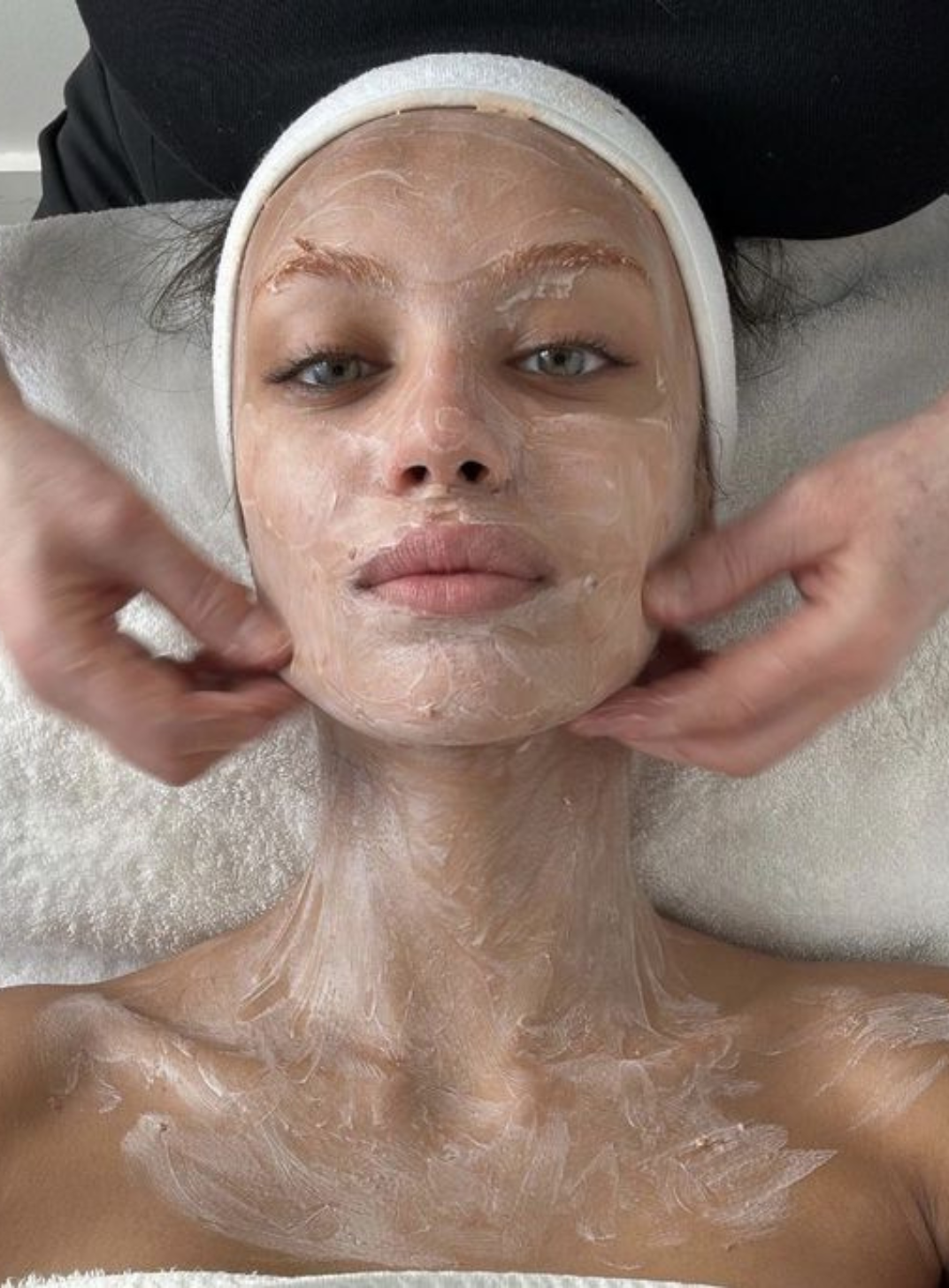

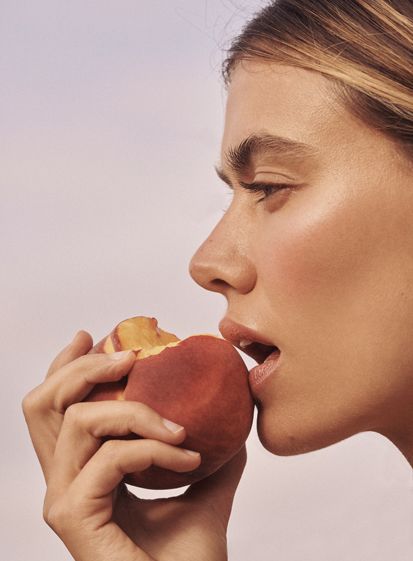
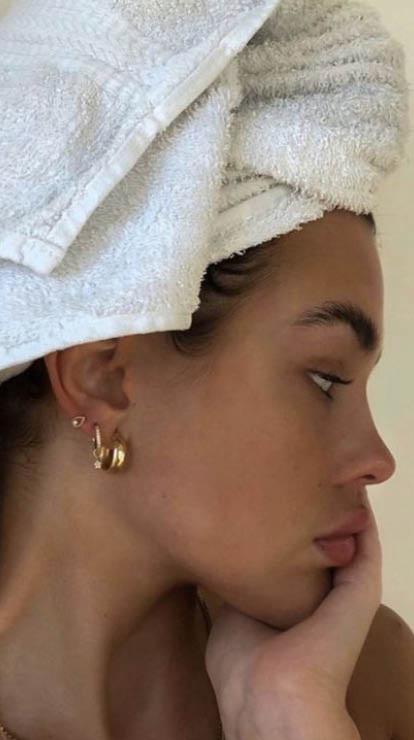




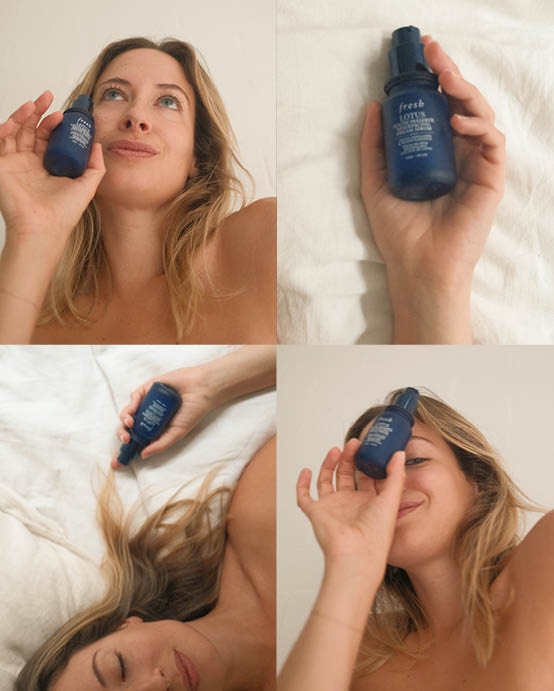
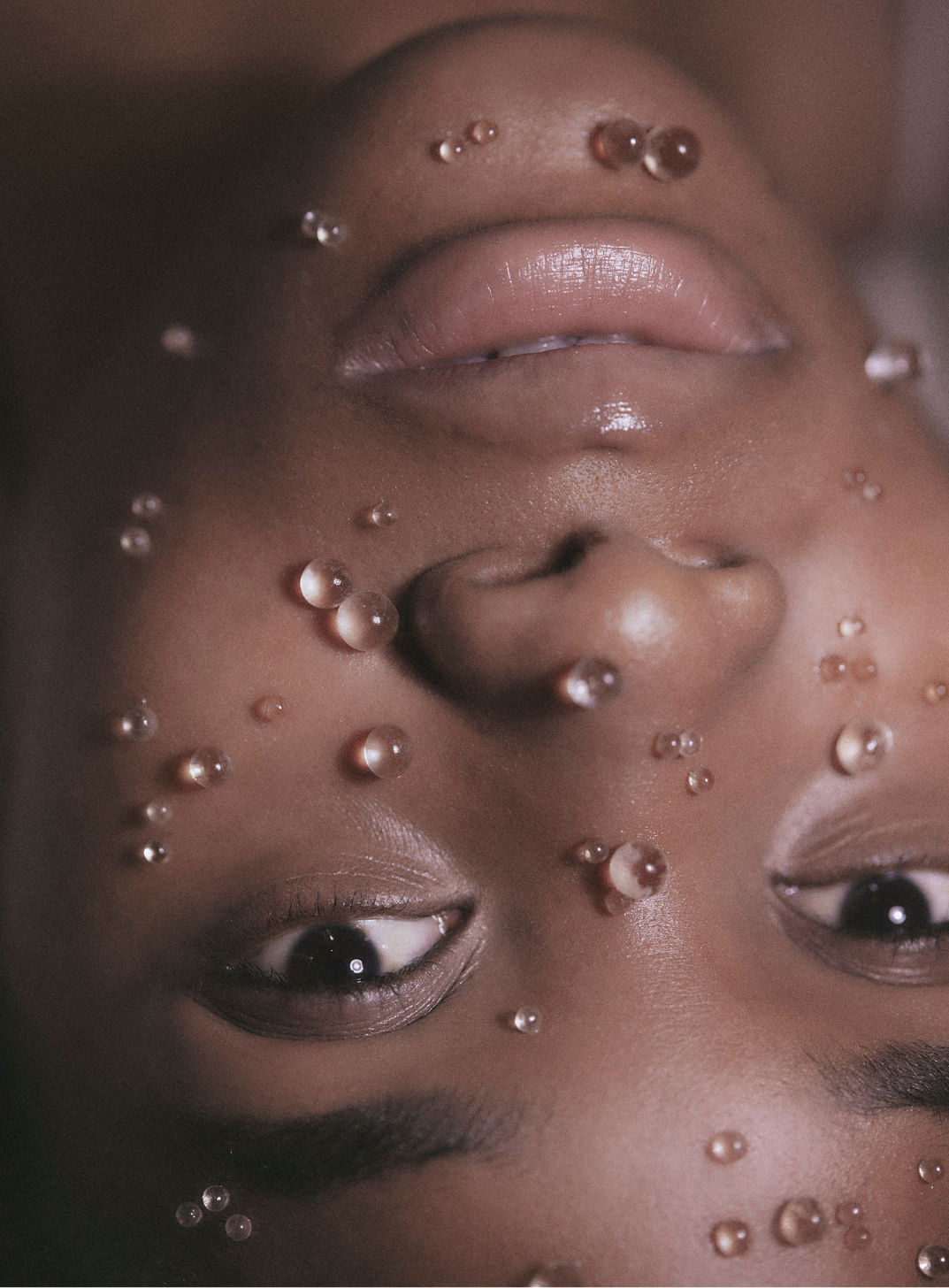
Comments